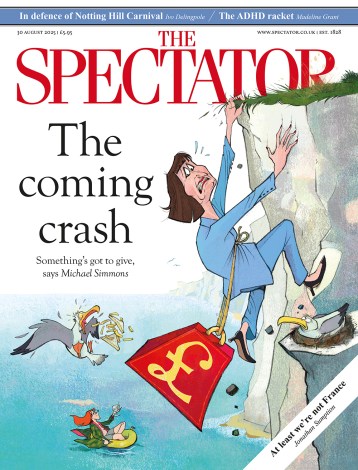Never say never
I promise I’m going to come up with some hot musical recommendations this issue, but I must thank those Spectator readers who wrote about last month’s column in which I announced my intention to stop smoking. The letters — all from reformed smokers — were full of kindness, sympathy and practical suggestions, and they have spurred me on. I was especially moved by a letter from a 91-year-old former prisoner of war on the Burma–Siam railway who said smoking had been a lifesaver during that terrible time. He continued to smoke during his working life, and found it a great help, and gave up when he retired at 60. Now
